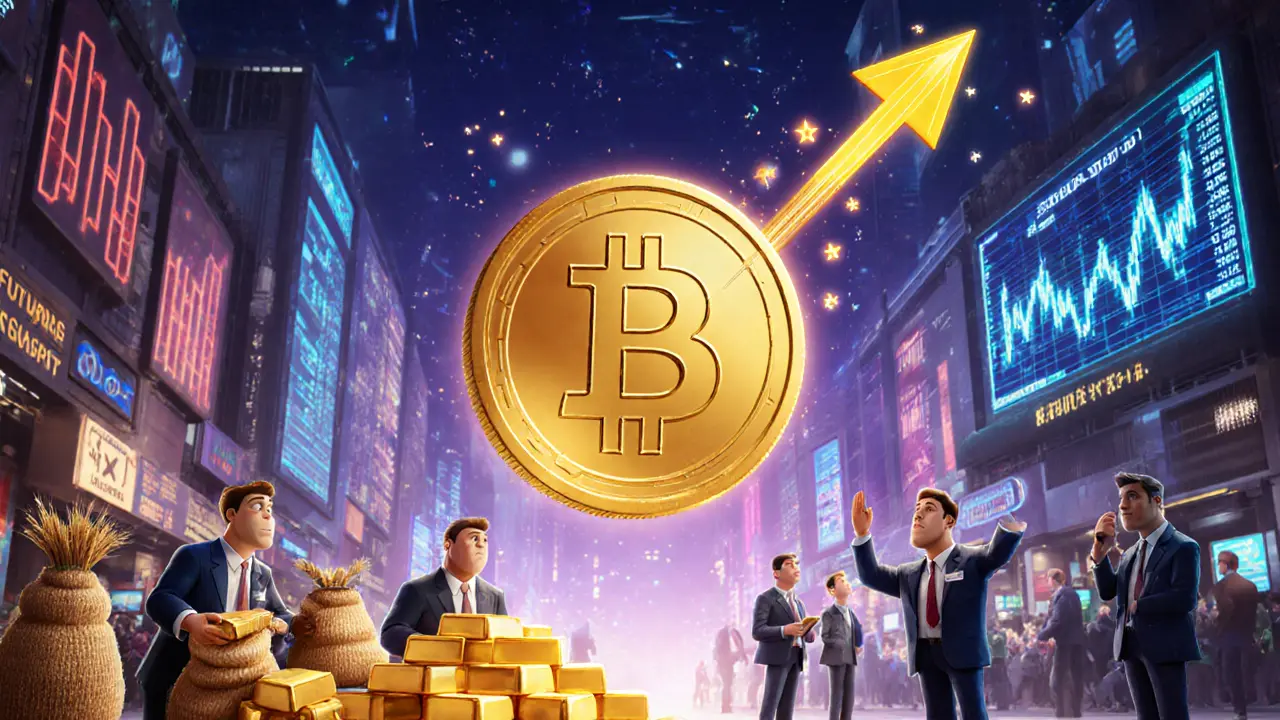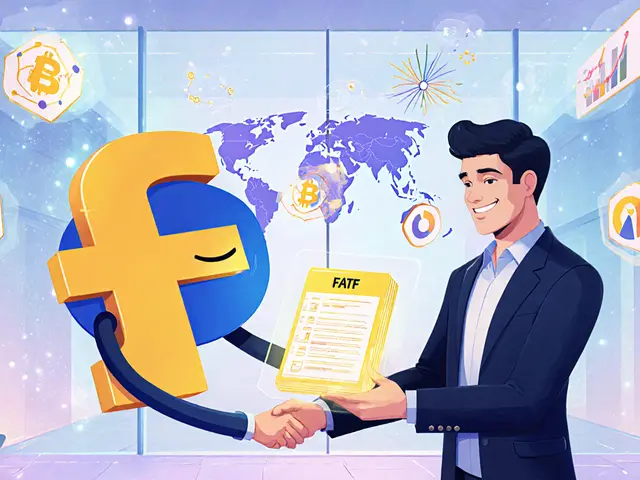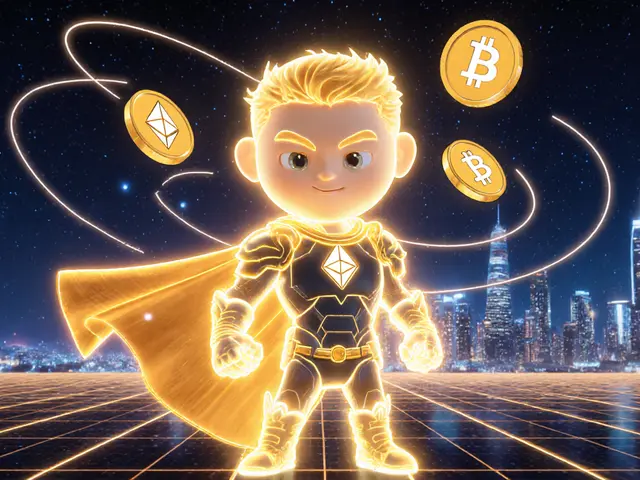Arbitrage in Crypto: How Traders Profit from Price Differences
When you hear arbitrage, the practice of buying an asset in one market and selling it in another to profit from price differences. Also known as price discrepancy trading, it’s one of the oldest tricks in finance — but in crypto, it’s messy, fast, and full of traps. Unlike stocks or forex, crypto prices don’t sync up across exchanges. Binance might sell Bitcoin at $60,200 while Kraken lists it at $60,450. That $250 gap? That’s arbitrage. But catching it isn’t as simple as placing two orders. You’ve got withdrawal delays, network fees, slippage, and exchange restrictions standing in your way.
Most people think arbitrage is free money. It’s not. The real winners aren’t retail traders scrolling Twitter for ‘easy profits.’ They’re bots running on low-latency servers, connected directly to exchange APIs, with pre-funded wallets on multiple platforms. Even then, opportunities last seconds. And if you’re trading on decentralized exchanges like Uniswap or WOOFi, you’re fighting against liquidity pools and MEV bots that snipe your trades before you even hit send. The cross-exchange trading, the act of buying and selling the same asset across different centralized or decentralized platforms only works if you’re already deep in the game — you need access to multiple wallets, low-fee networks, and a clear understanding of gas costs. That’s why most of the posts here focus on exchanges like OVEX, WOOFi, and Sovryn — platforms where liquidity is deep enough to make arbitrage even possible.
And then there’s the hidden layer: DeFi arbitrage, exploiting price gaps between decentralized exchanges and centralized ones, often using liquidity pools and yield strategies. You might see a token trading at $0.02 on PancakeSwap and $0.025 on Binance. Sounds easy? Until you realize the token has 500 million supply, zero trading volume, and a team that vanished six months ago. That’s not arbitrage — that’s a trap. Most of the coins mentioned in our posts — from UNB to GNON to XROCK — are too volatile, too illiquid, or too sketchy to use for real arbitrage. The smart traders avoid them. They stick to Bitcoin, Ethereum, and a handful of high-volume tokens with real order books.
What you’ll find below isn’t a list of ‘how to get rich with arbitrage’ scams. It’s a collection of real-world crypto tools, exchange reviews, and token breakdowns that show you what actually moves in the market. You’ll see which exchanges have deep liquidity, which ones ban users by region, and which tokens are just noise. This isn’t about chasing gaps. It’s about understanding where the gaps exist — and why most of them disappear before you even blink.



